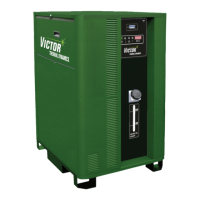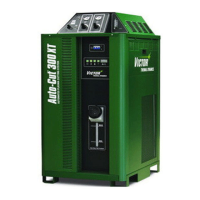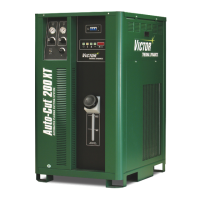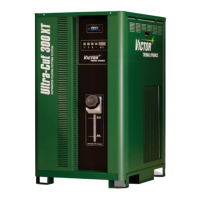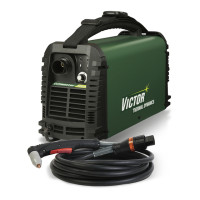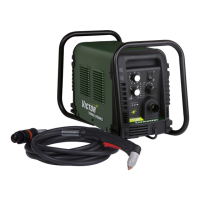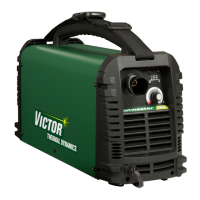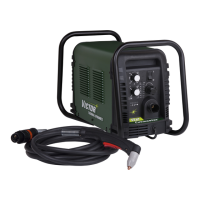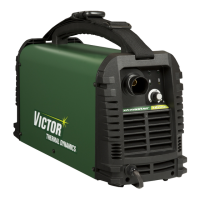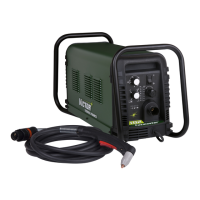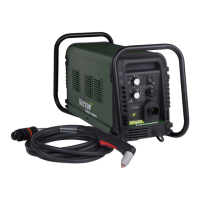How to troubleshoot no pilot ignition on Victor ULTRA-CUT 100 when the neon indicator is lit?
- JJennifer BeanAug 1, 2025
If the neon indicator on the cap board lights up but there's no ignition in your Victor Welding System, several factors could be at play. Start by checking the pilot return wire at the torch head; ensure it's connected and not broken within the torch lead, and connect the wire or replace the leads if necessary. Ensure that the negative supply cable is correctly connected. Also, the coolant may have become conductive, so flush the system and replace the coolant. The high-frequency cap (C4 on the Cap PCB) might have open wires or be disconnected; reconnect or replace it. Lastly, check that the pilot return wire is securely connected in the arc starter, and connect the wire if it is loose.
